Kobe in a Day: Essential Guide (Free)
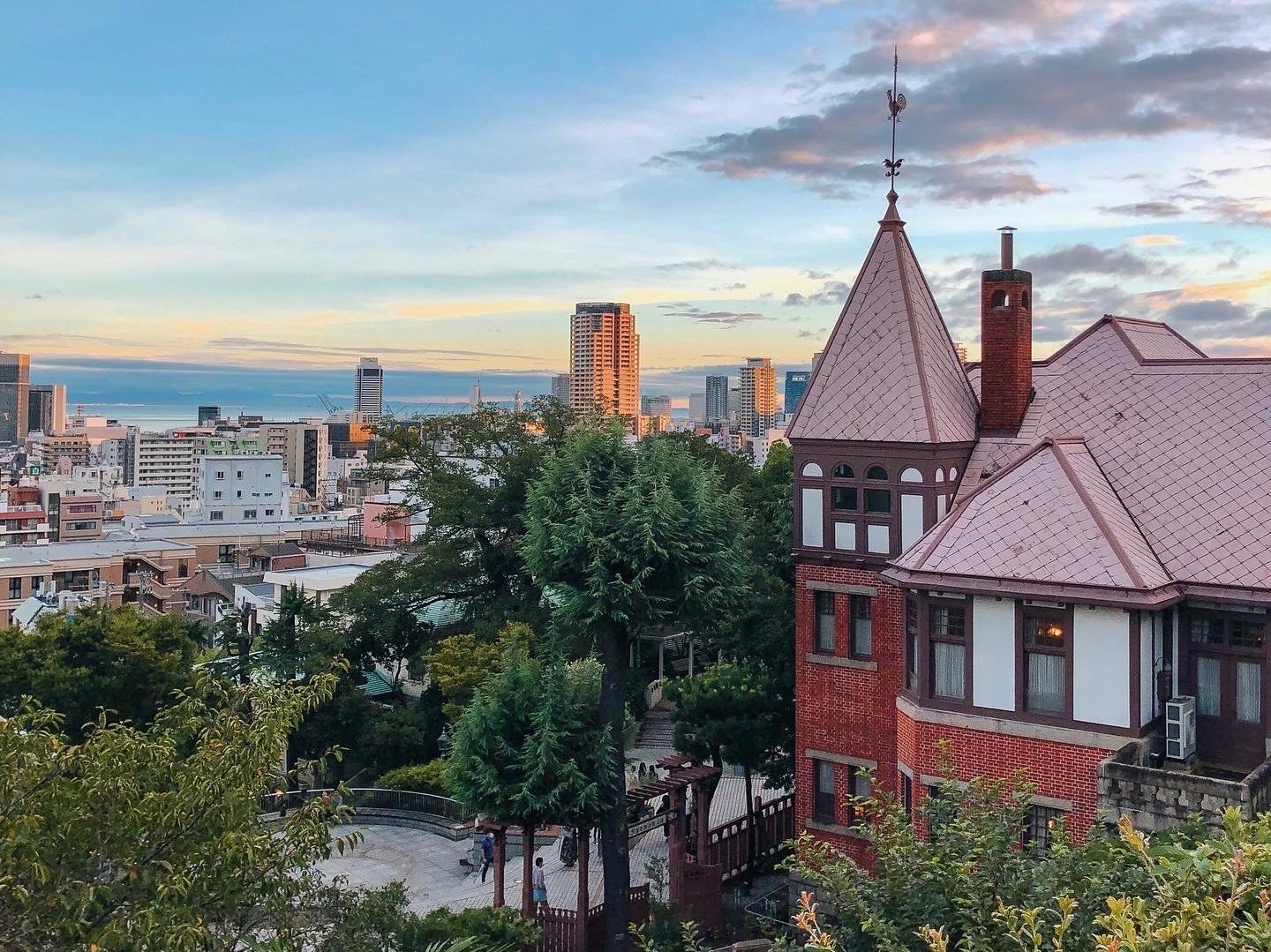
When to visit Kobe
Having recently moved to Kobe permanently, I can attest to it's good weather throughout the seasons. Bright sunny skies are immensely common throughout the summer and winter months, with a crisp breeze coming down the Rokko Mountains and towards the Osaka Bay. Autumn and spring months are equally pleasant, with the added bonus of maple and sakura blooms throughout the city.
However, do note that June is typically a rainy season throughout Japan's main island of Honshū. If you're planning on making your journey during this time, make sure to pack durable walking shoes and sneakers and suitable raincoats/umbrellas to brave the rains!
Reaching Kobe
Kobe is an incredibly accessible city, with direct routes from Osaka and Kyoto, via Japan's major train lines. Using your Japan-wide prepaid travel card (Suica/Pasmo/ICOCA), you're able to catch all sub-national trains by beeping your card at all ticket gates. You'll reach Kobe's Sannomiya station - in the centre of town - as the perfect first stop for your day trip in the city.
For travellers using the Japan Rail Pass to make their way across the country, make the most of your Shinkansen opportunity to access the quickest high-speed routes! You will depart from either Shin-Osaka Station (13 minutes) or Kyoto Station (27 minutes) to reach Shin-Kobe Station towards the north of the city.
From Osaka
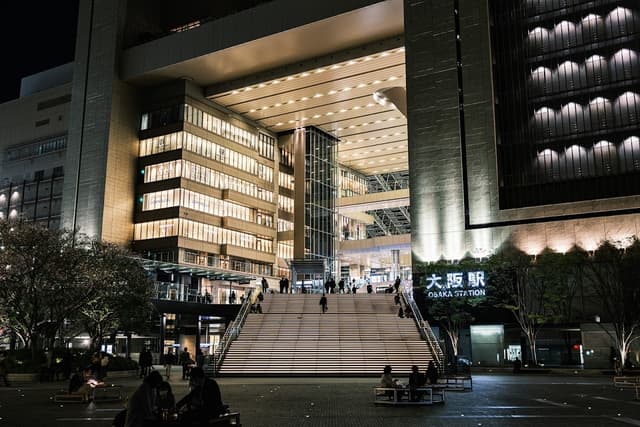
The quickest way to reach Kobe Sannomiya from Osaka is via the JR line, departing from Osaka Station. Make sure to take the express "Special Rapid Himeji" trains, to reach Kobe in 20 minutes (¥420, one-way). Trains typically leave from Platform 5, but make sure to check the departure boards to catch the right train!
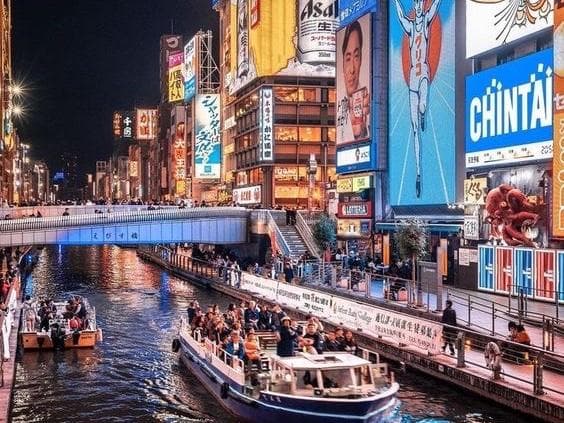
An alternative route to reach Kobe Sannomiya from Osaka is via the Hanshin subway line, departing from the Osaka-Namba Station. This is a great option to start your onward journey to Kobe, as it's centrally located south from Osaka's famous Dontonbori and Kurumon Ichiba Market foodie areas.
Taking the Hanshin-Namba "Rapid Express - Sannomiya", you'll reach Kobe's central station in 50 minutes (¥420, one-way). Trains typically leave from Platform 3, but also make sure to check the departure boards!
From Kyoto
As Kyoto is considerably further away from Kobe than Osaka, the price of travel does increase. Therefore, I recommend to make the journey to Kobe when you're based in Osaka and using the routes above. That being said, here are my recommended options to travel to Kobe from Kyoto, if your scheduling permits:
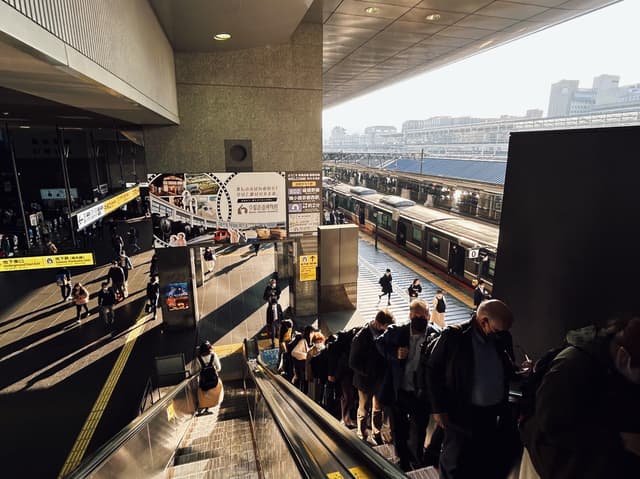
The quickest way to reach Kobe from Kyoto is also via the JR line, departing from Kyoto Station. Make sure to take the express "Special Rapid Himeji" trains, to reach Kobe Sannomiya in 50 minutes (¥1,120, one-way). Trains also typically leave from Platform 5, but make sure to check the departure boards to catch the right train!

For slow travellers who prefer to save some cash and take the longer route, I would highly recommend the cheaper option of travelling to Kobe from Kyoto via the Hankyu-Kyoto line. Departing from Kyoto Kawaramachi Station, you will reach Kobe Sannomiya in 1hr10 and with one change at Juso Station (¥640, one-way). Not only will you save almost 50% of your transit cost, but taking the Hankyu train offers a blast-to-the-past experience with a beautiful and retro interior design.
Morning: An East-meets-West cultural immersion
Kitano Ijinkan
Heading northwards 10-15 minutes from Sannomiya Station, Kobe's Kitano area is well-known for the preservation of it's Western homes. Dating back to the late 1800s, Kobe's role as an international trading port gave way to a mass influx of incoming expatriates. Europeans from France, England, and Germany settled down on the panoramic hill slopes of northern Kobe, leaving behind a trove of architectural highlights from the Meiji to the Taishō period (1868 – 1926). Luckily, the buildings here stand strong today, having survived the Kobe Air Raids of 1945 and the Great Hanshin Earthquake of 1995!
For European travellers or those well-versed in Western architecture, this area of Kobe may not be vastly exciting for you. That being said, Kitano is situated on the hillside above the city, and offers a wealth of panoramic views and cafés. Take the time to soak in the sights, especially if you've come from the traditional cultures of Kyoto and Osaka!
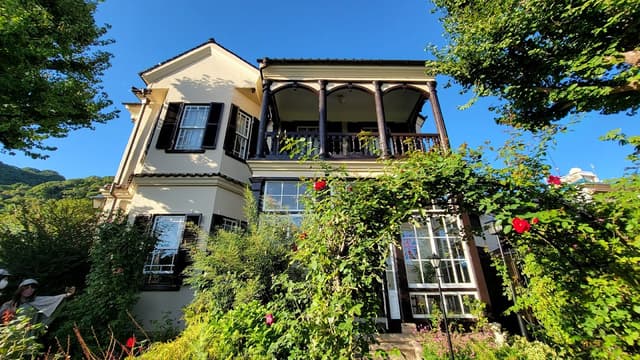
Built in 1909, the English House features colonial British architecture and furnishings, a unique Sherlock Holmes-inspired room, and a Britsh Pub "The King of Kings" by night. I hear their selection of ales and beverages is a well-represented selection from the Isles and the world alike.
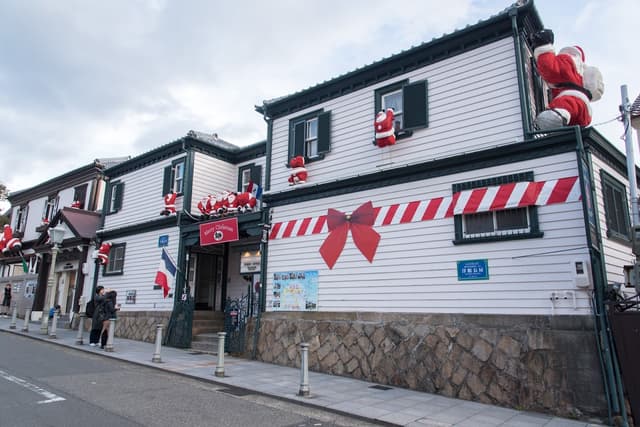
On the outside, there isn't much to take into view. But built in 1904 as a lodgings for foreigners, the French House ("Yokan Nagaya") features a wide display of Art Nouveau glass works and furnishings from the Napoleonic period.
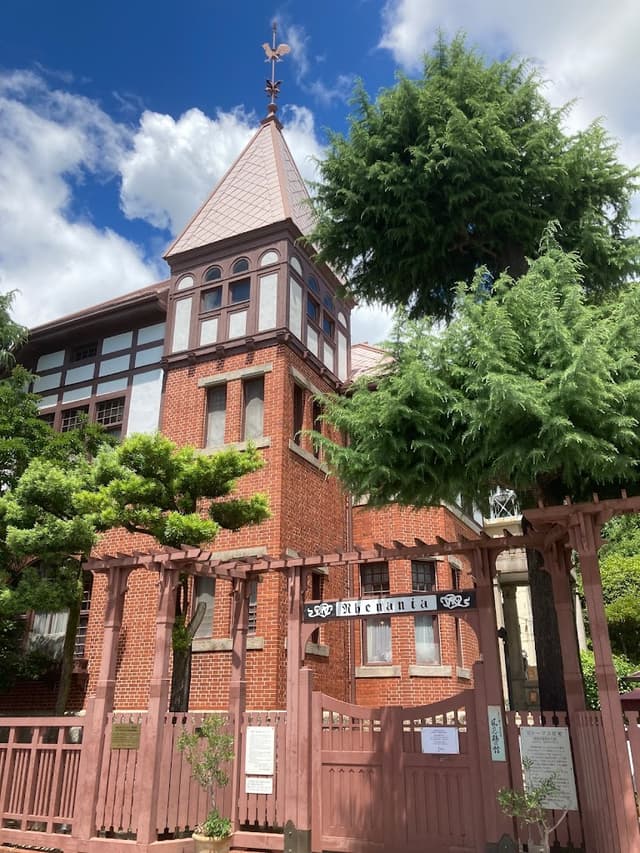
At the very top, finally make your way to the Thomas House and an incredible Instagram spot for views across the city. The Former Thomas House was the residence of the German trader, Godfried Thomas, back in the early 1900s. As the only building in the area that has a weathercock on the roof, its Japanese name is Weathercock Mansion.
For travellers wanting to visit the houses themselves and take sight of the historical architecture and furnishings, I would recommend purchasing package entry passes (link above). These offer entrances to 4 or 7 houses, or a generic discount entrance for all sights in the Kitano area. The passes are currently priced from ¥1,400 to ¥3,000 per adult, for a one-day entry.
Kitano Tenmangu Shrine
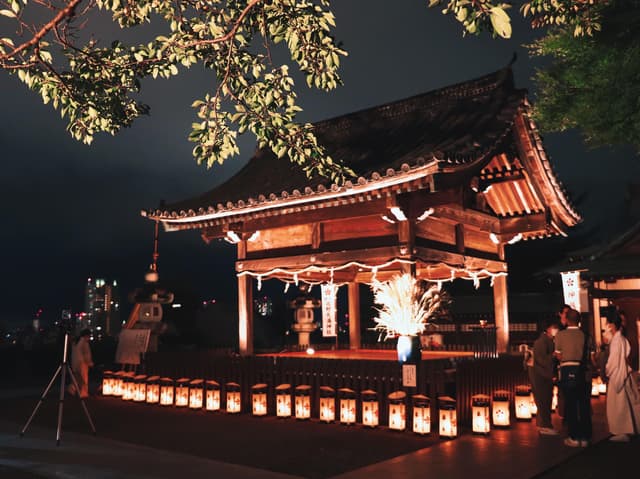
Take a break on your journey uphill at the historical Tenmangu Shrine, built in 947 AD. Kitano Tenmangu is the first Japanese shrine built in honour of a specific deity; Sugawara no Michizane, the god of agriculture, performing arts, and of honesty and sincerity. To this day, the Shrine is maintained as a key pilgrimage site for students and academics alike, praying for fortuitous studies and examination results.
The vast shrine grounds are a beautiful spot to enjoy the sweeping Kobe vistas, blossoming sakura in the springtime, and the autumn colours of 350 maple trees.
Kitano Starbucks
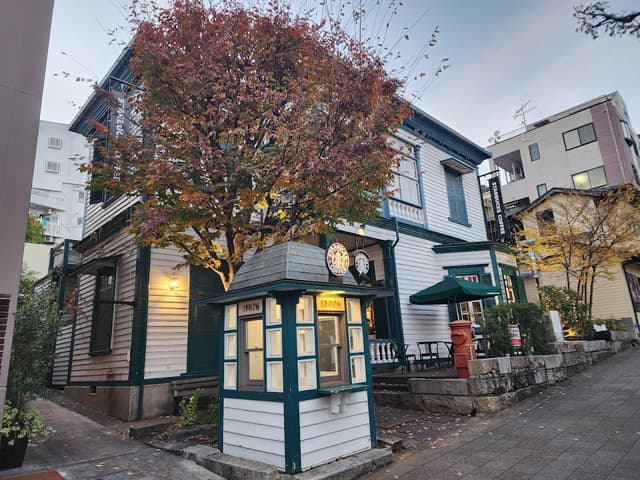
On your way back down to Sannomiya Station and Kobe city, stop for a coffee break at Kobe's custom Starbucks located in an 1907 "Ijinkan" Western house. It's said to have been passed on to a German baker, before the ownership was finally transferred to the City of Kobe after the Great Hanshin Earthquake in 1995, to which it's currently under ownership as a Starbucks franchise.
Nishimura's Coffee, Main Store
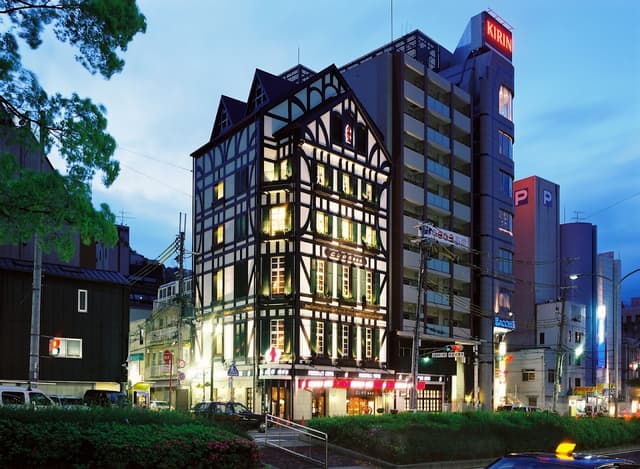
An alternative coffee spot, one much rooted in local history, is the first Nishimura's Coffeehouse. The building itself has been designed in a northern-German-styled wooden structure, and dates back to 1948. In-house roasted coffee beans and desserts are available to customers, and you can dine-in amongst it's European-influenced furnishings.
Afternoon: Local delights by sight and taste
Ikuta Jinja Shrine
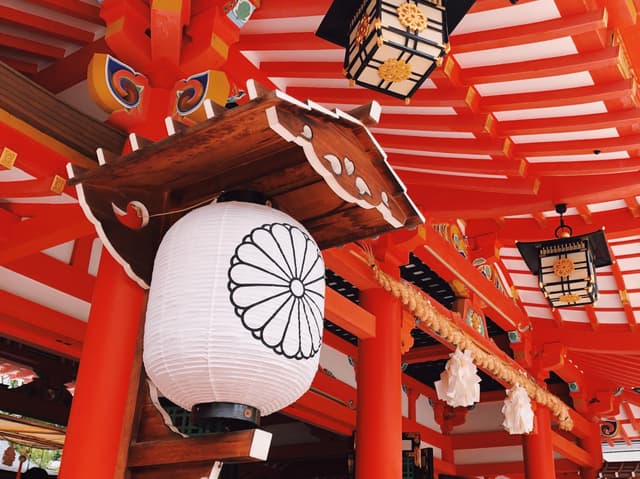
You can bring some luck home yourself, by purchasing protective amulets and charms at the stall by the entrance Tower Gate. Explanations for each item are available in English and Japanese, so take a browse on your way out!
Kobe Chinatown
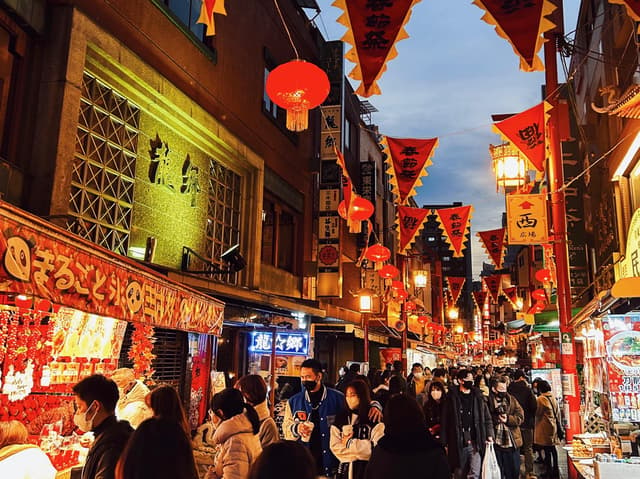
On your route down to the Port of Kobe, Chinatown is your essential street food pitstop to refuel before dinner. Vendors and bright colours light up the alleyways with an array of culinary options to flavour. Do take consideration of the queues as an indication of a stall's quality and popularity; they may be long, but I guarantee they will move fast! You'll also find souvenir shops and locally-owned Chinese shops in and amongst the restaurants here.
Evening: A symphony of lights, history, and late-night shopping
Port of Kobe Earthquake Memorial Park

At the east entrance of the Kobe Harbourland, you'll find a humble exhibition of informative text, photographs, and preserved ruins of the 1995 Great Hanshin Earthquake. Significant casualties and infrastructure damage were experienced by Kobe's population of 1.5 million, and under the strength of the 6.9 moment magnitude tremors. Despite the challenges faced, Kobe now stands stronger with a wealth of earthquake-resilient architecture and memorials on every anniversary (17 January).
Kobe Harbourland
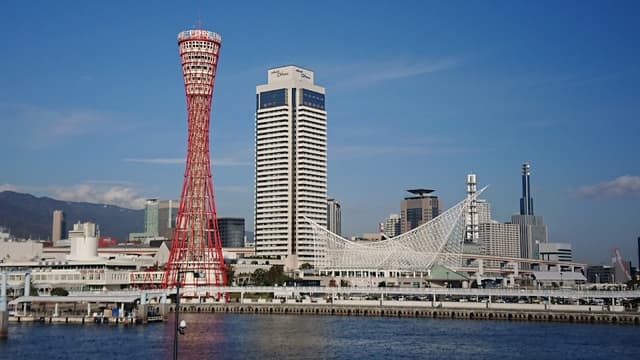
As you corner the Port by nightfall, you won't miss the bright lights and sunset over the Osaka Bay. The BE KOBE sign will stand in plain view for all Instagram-lovers queueing for their snapshot moment, and the Kobe Tower will be in full illumination. This area often holds many festivals and food truck events, so you may be lucky enough to pass on these occasions! If not, take a break atop the 360° rotating Tower café or the Starbucks at the end of the Harbour with panoramic views.
Kobe Harbour Night Cruise
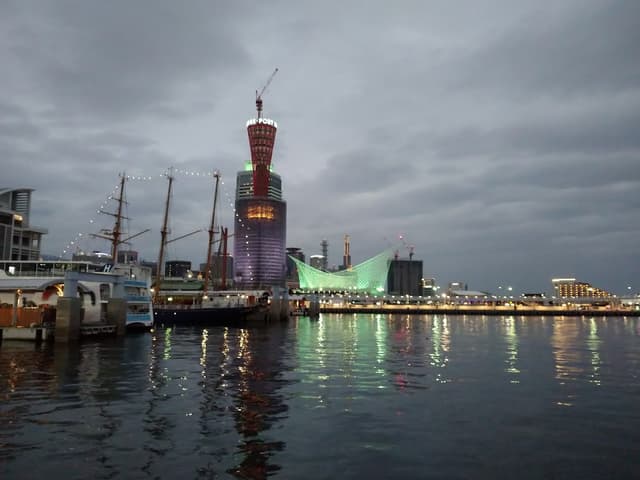
If you're partial to a short sea-faring journey, there are numerous night ferries and cruises available to tour the night lights along Kobe Harbour. While the "Seabus Fantasy" cruise option is sufficient for a simple night ride, the Japanese-styled "Gozabune Atakemaru" is a mighty traditional experience for tourists and families alike. All options are available from 45 minutes to a 1 hour journey, and can be booked online or in-person at the Kamomeria Ferry Terminal itself.
Mosaic Open-Air Mall
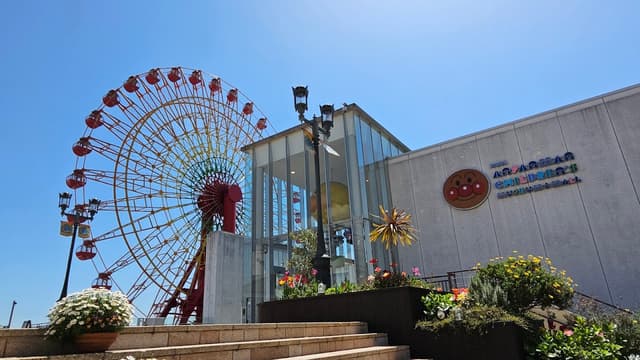
Feeling like treating your inner child? This corner of the Kobe Harbourland has an illuminated ferris wheel by night, which is yours to take a spin for ¥800 (per adult). For those familiar with the Japanese children's cartoon, Anpanman, there is a museum solely dedicated to this character! Take a browse in the souvenir shop and it's exhibition halls, if you reach the museum before 6PM!

Finally, end your night with some retail therapy, in Kobe's undisputed date-spot. There are many restaurants here for your tastes, both Western and Japanese, and with buffet options available for those with a big stomach! You can catch the train back to Sannomiya and onwards to your final destination easily, with sign-posted access back to JR and Hanshin train lines.
Alternative half-day itinerary: An onsen detox and historical getaways
If city breaks and shopping isn't your preferred taste of Japan, I would highly recommend taking a quick visit up to Arima Onsen. The town is nationally-significant, as one of Japan's oldest hot spring towns dating back to 631 AD. The quaint village is complete with public hot springs, ancient machiyas (traditional Japanese townhouses), street food vendors, and locally-sourced souvenir shops.
The most convenient route for tourists to reach Arima Onsen is via the JR West bus, starting at ¥700 one-way if you book in advance. The journey takes a mere 30 minutes from Kobe Sannomiya, and allows you sit back and overlook the Rokko Mountains (instead of changing trains multiple times).
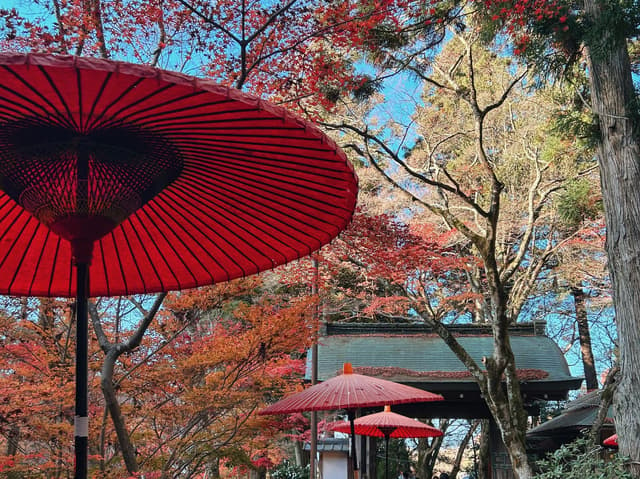
For the full recommendations and guide to Arima Onsen, check out my dedicated post here: [Coming soon].
Recommended food hubs, restaurants, and drink spots
Central Kobe (Sannomiya)
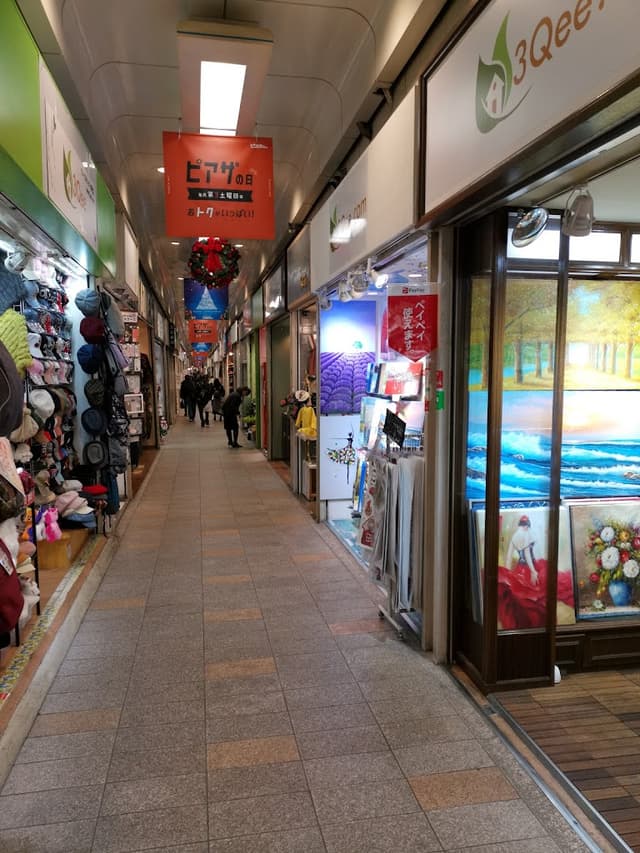
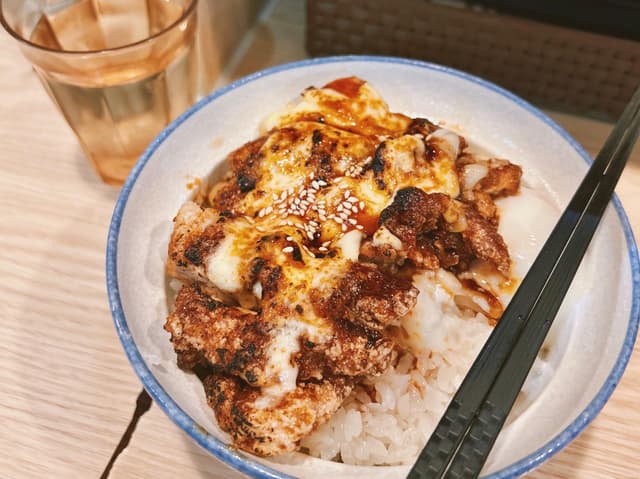
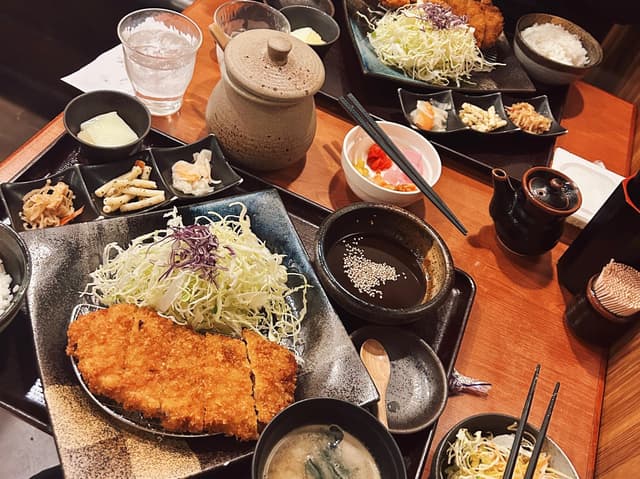
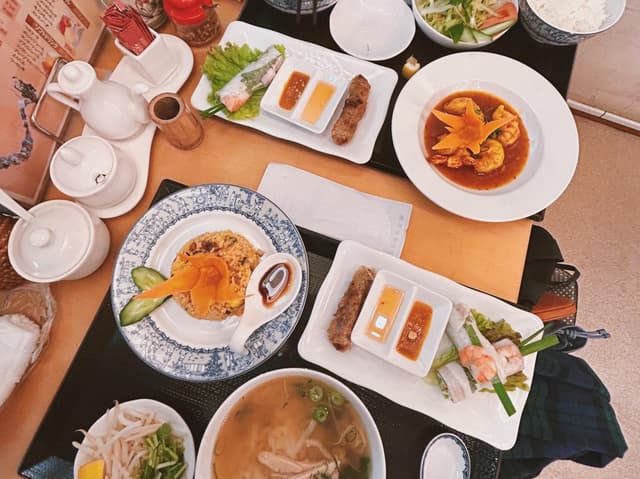
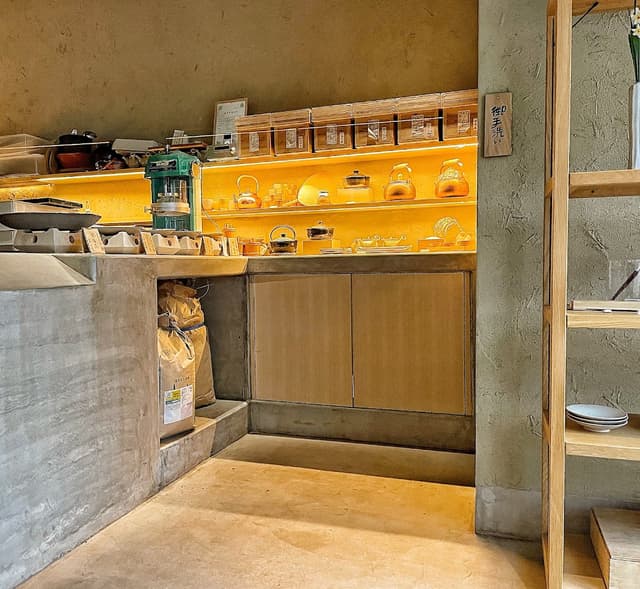
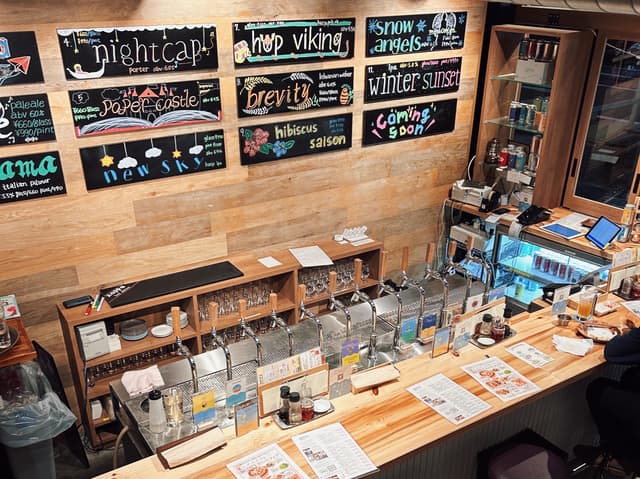
South Kobe
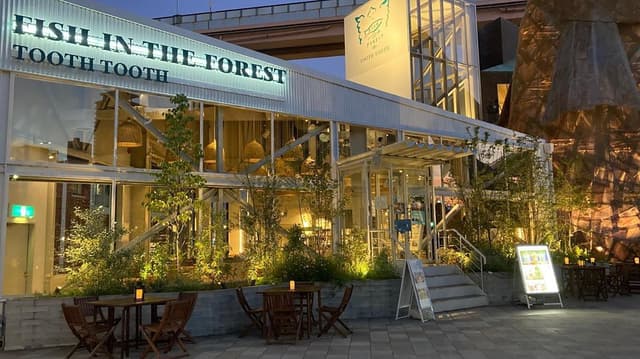
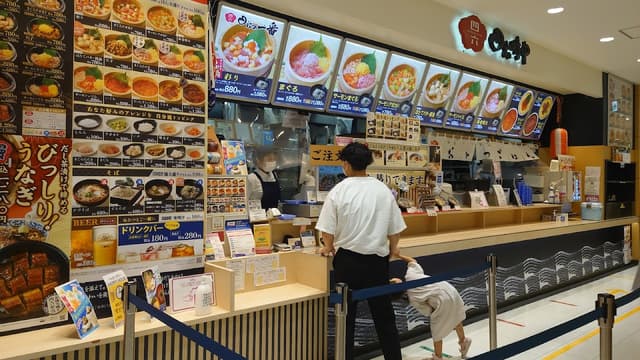
North Kobe
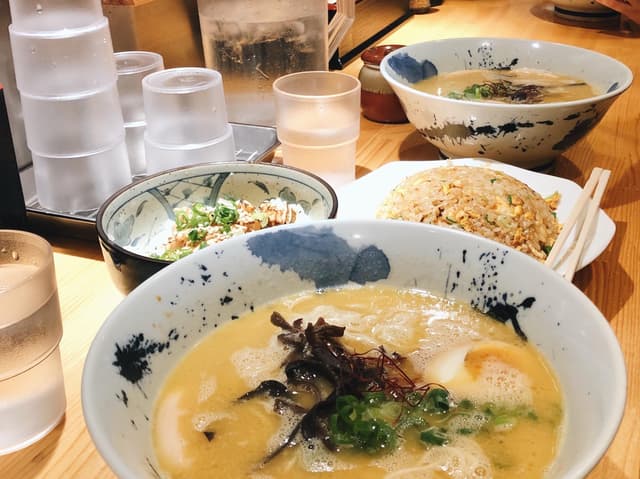
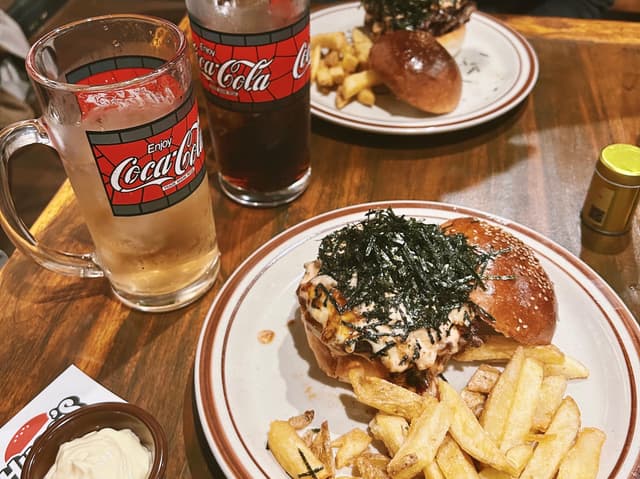
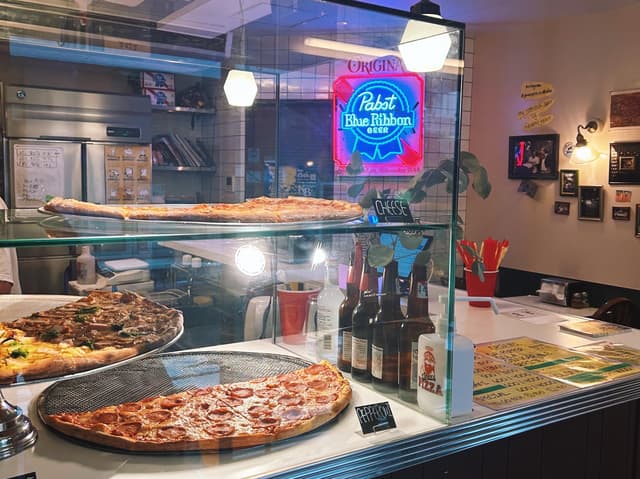
For more Kobe travel guides
Coming soon: Essential 3-Day Guide to Kobe, Japan
Coming soon: Complete Guide to Kobe, Japan
Coming soon: Best temples and shrines, Osaka-Kobe
The home for unique & authentic travel
